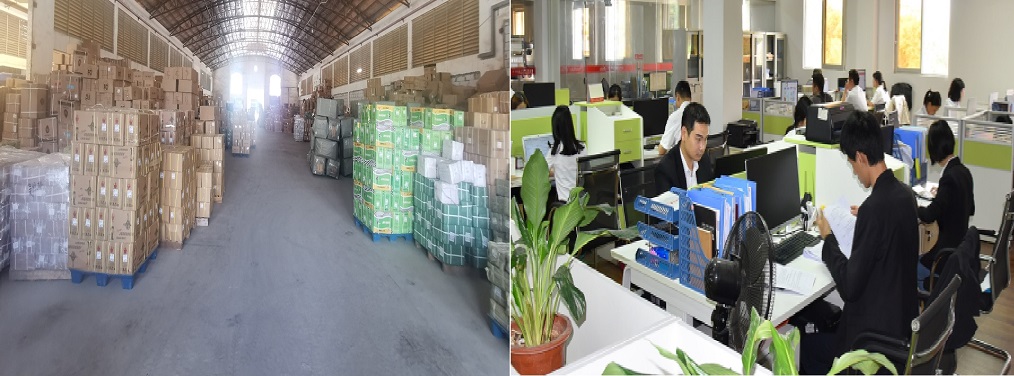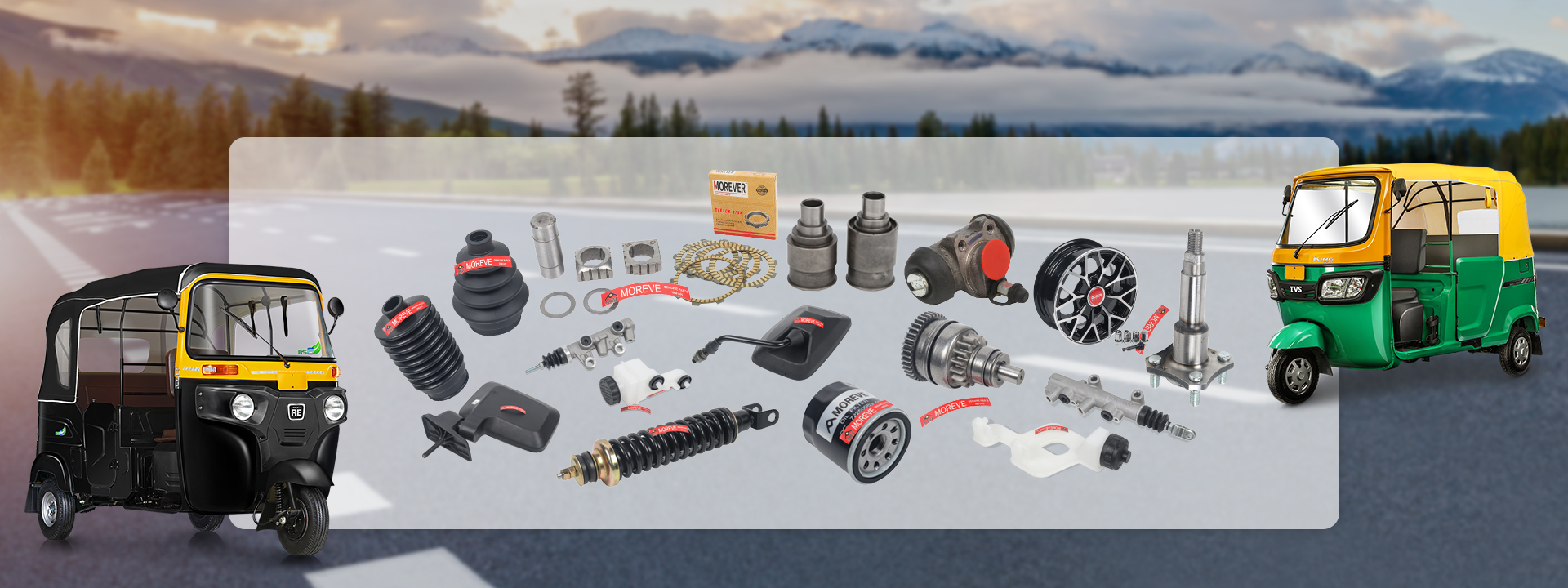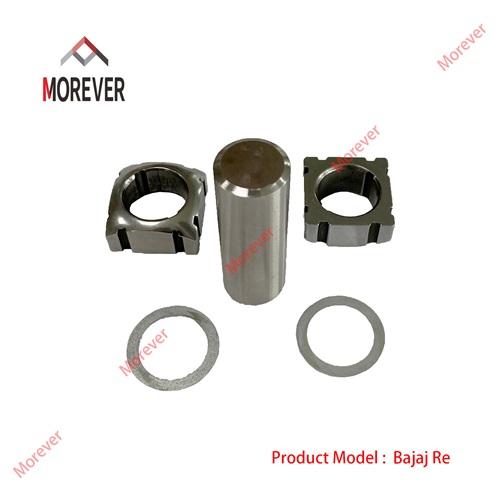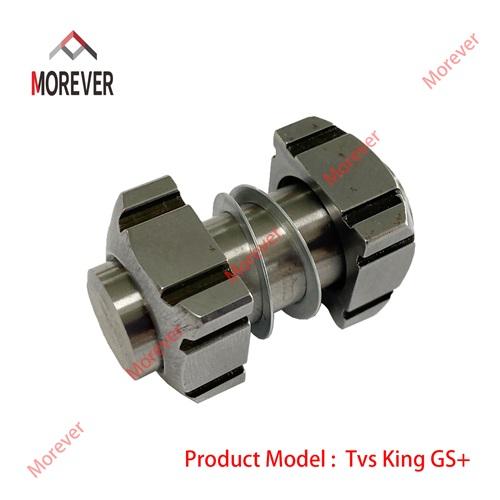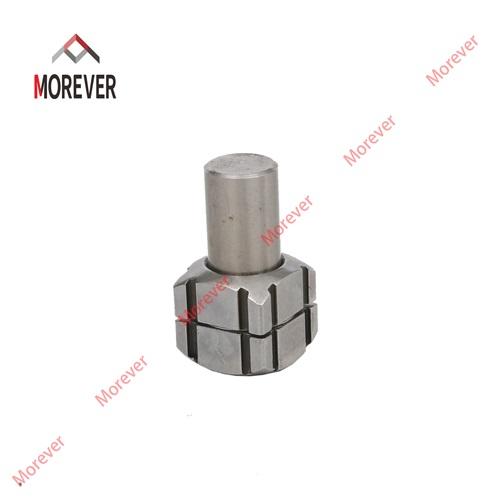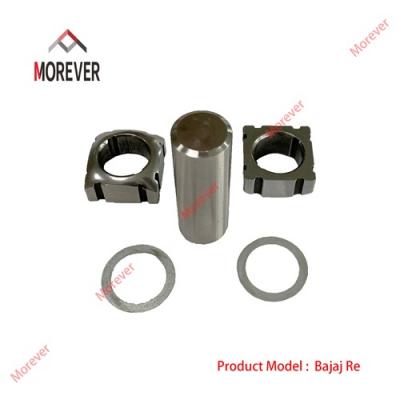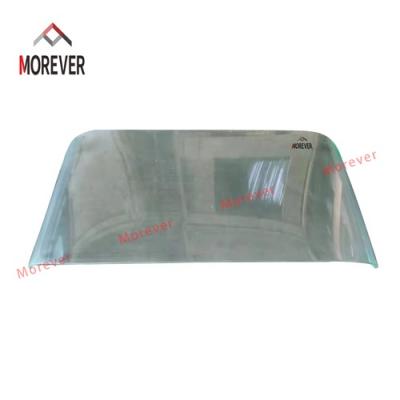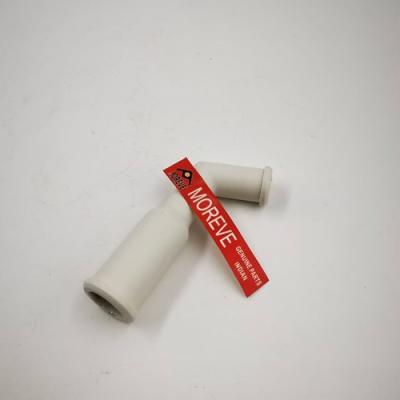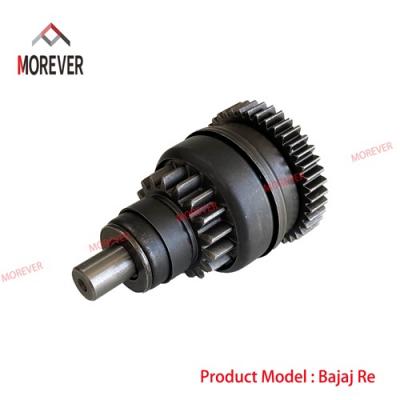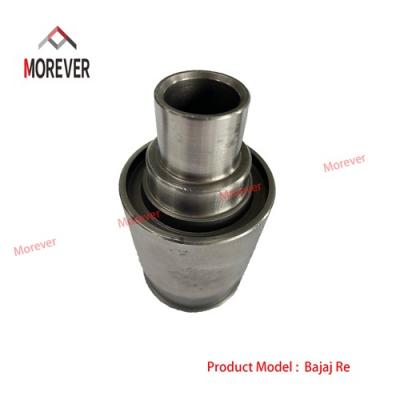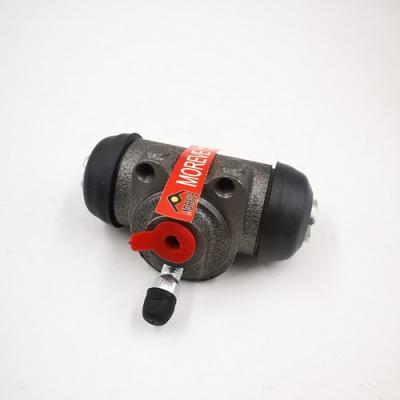Name: Slider blocks
Model: Bajaj Re
Quality: A plus
Delivery: 30 days
Guarantee: 1 Months
Main Materials for slider blocks Bajaj Re
Common Materials for Slider Blocks
1. Thermoplastics (Self-Lubricating)
Materials:
PTFE (Teflon): Extremely low friction, chemical-resistant, but low mechanical strength.
Nylon (PA6, PA66): Good wear resistance, moderate load capacity.
POM (Delrin/Acetal): High stiffness, low moisture absorption.
UHMW-PE (Ultra-High Molecular Weight Polyethylene): Excellent impact resistance, low friction.
PVDF (Kynar): Chemical & UV resistant, used in harsh environments.
Advantages:
Self-lubricating (no external grease needed).
Corrosion-resistant, lightweight, low noise.
Applications:
Conveyor systems, food processing machinery, packaging equipment.
2. Metal-Based Slider Blocks
Materials:
Bronze (Oil-Embedded): Contains graphite or oil plugs for self-lubrication.
Cast Iron: High load capacity, used in heavy machinery.
Stainless Steel (304, 316): Corrosion-resistant, high strength.
Advantages:
High load-bearing capacity.
Good heat dissipation.
Applications:
Hydraulic cylinders, industrial presses, marine equipment.
3. Composite Materials (Fiber-Reinforced)
Materials:
PTFE + Fiberglass: Improved strength over pure PTFE.
Carbon-Graphite: High-temperature resistance, used in dry-running applications.
Thermoset Polymers (Phenolic, Epoxy): High rigidity, used in high-load scenarios.
Advantages:
Combines low friction with high mechanical strength.
Applications:
Aerospace, automotive bushings, high-speed linear guides.
4. Ceramic Slider Blocks
Materials:
Alumina (Al₂O₃): High hardness, wear-resistant.
Zirconia (ZrO₂): Toughness superior to alumina.
Advantages:
Extreme wear resistance, corrosion-proof.
Suitable for high-temperature environments.
Applications:
Semiconductor manufacturing, medical equipment.
Material Selection Guide
Material Friction Coefficient Max Load Max Temp (°C) Best For
PTFE 0.04–0.1 Low 260 Low-friction, chemical resistance
Nylon (PA6/PA66) 0.15–0.25 Medium 120 General-purpose sliding
UHMW-PE 0.1–0.2 Medium 80 Impact resistance, food industry
Bronze (Oilite) 0.1–0.3 (lubricated) High 250 High-load, industrial use
Carbon-Graphite 0.05–0.2 High 400 High-speed, dry conditions
Alumina Ceramic 0.1–0.5 Very High 1500 Extreme wear/heat
Key Considerations When Choosing Slider Block Material
Load Capacity
Heavy loads → Bronze, cast iron, or fiber-reinforced composites.
Light/medium loads → PTFE, nylon, UHMW-PE.
Speed & Friction Requirements
High speed/low friction → PTFE, carbon-graphite.
Moderate speed → Nylon, UHMW-PE.
Environmental Conditions
Wet/corrosive → Stainless steel, PVDF.
High temperature → Ceramics, carbon-graphite.
Maintenance Needs
Self-lubricating → PTFE, oil-embedded bronze.
Requires grease → Metal sliders.
Common Failure Modes & Solutions
Excessive Wear → Upgrade to a harder material (e.g., nylon → bronze).
Seizure/Galling → Use self-lubricating materials (PTFE, oil-embedded bronze).
Chemical Degradation → Switch to PVDF or ceramic.
Overheating → Improve cooling or use high-temp materials (graphite, alumina).
Conclusion
Best for low friction: PTFE or carbon-graphite.
Best for heavy loads: Bronze or cast iron.
Best for corrosive environments: Stainless steel or PVDF.
Best for high temperatures: Ceramics (Al₂O₃, ZrO₂).
The optimal choice depends on the specific application’s mechanical, thermal, and chemical demands. For critical applications, consult a tribology expert for material testing.
Distributor comments
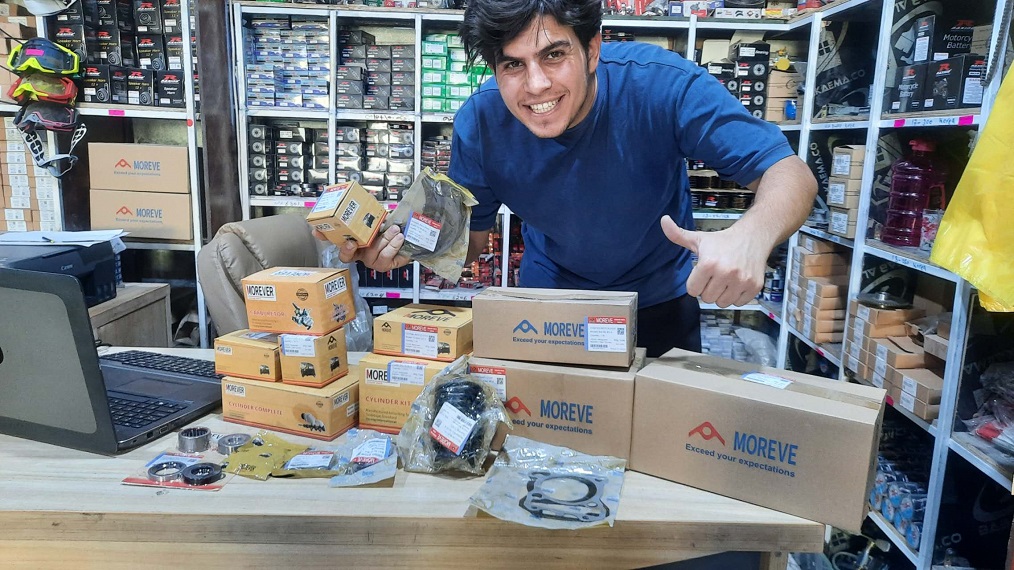
Our Warehouse and Office
